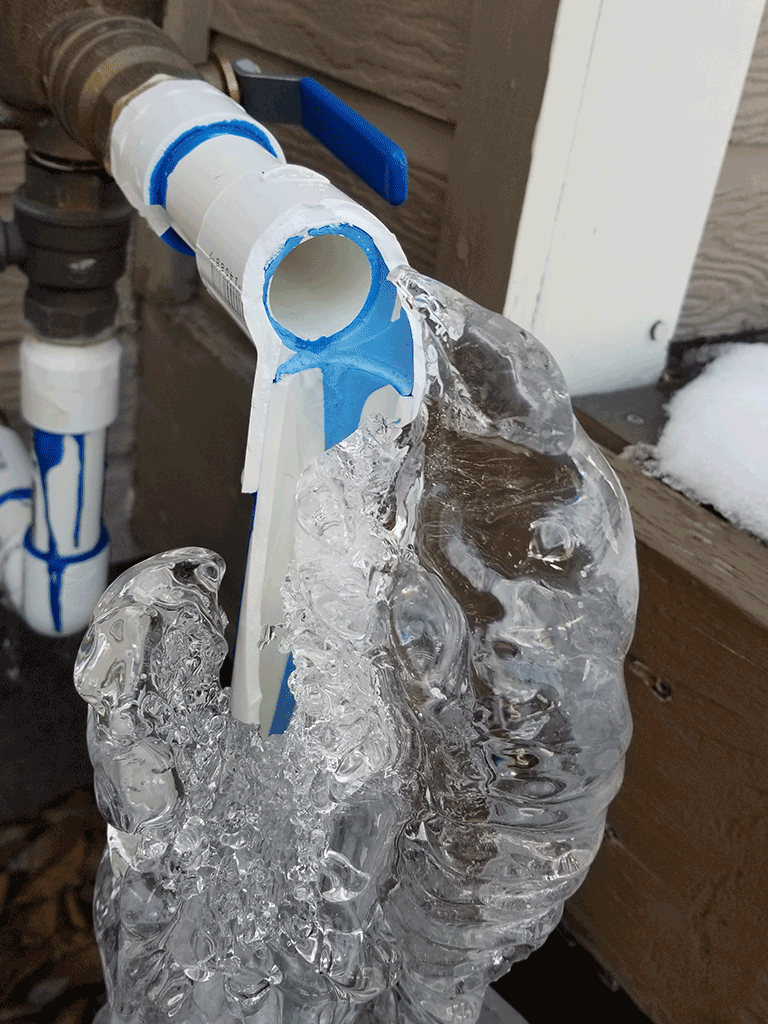Essential Tips to Prevent Frozen Plumbing in Winter
Essential Tips to Prevent Frozen Plumbing in Winter
Blog Article
Almost everyone is bound to have his or her own way of thinking on the subject of 6 Ways to Prevent Frozen Pipes.

Winter can ruin your plumbing, particularly by freezing pipes. Here's how to avoid it from occurring and what to do if it does.
Introduction
As temperature levels decline, the threat of icy pipes boosts, potentially resulting in pricey repair work and water damage. Recognizing just how to prevent frozen pipelines is vital for property owners in cold environments.
Understanding Icy Pipes
What creates pipelines to ice up?
Pipes ice up when subjected to temperature levels listed below 32 ° F (0 ° C) for prolonged durations. As water inside the pipelines freezes, it increases, putting pressure on the pipe wall surfaces and possibly triggering them to rupture.
Dangers and problems
Icy pipelines can bring about water supply disruptions, property damage, and expensive fixings. Ruptured pipelines can flood homes and create comprehensive architectural damages.
Indications of Frozen Pipes
Identifying frozen pipelines early can prevent them from rupturing.
Exactly how to recognize icy pipelines
Seek reduced water flow from taps, unusual odors or noises from pipes, and noticeable frost on revealed pipelines.
Avoidance Tips
Protecting prone pipelines
Cover pipelines in insulation sleeves or make use of warm tape to safeguard them from freezing temperature levels. Focus on pipes in unheated or external areas of the home.
Heating methods
Maintain interior spaces appropriately warmed, specifically locations with plumbing. Open cabinet doors to enable cozy air to distribute around pipelines under sinks.
Safeguarding Exterior Pipes
Yard hoses and outside faucets
Detach and drain pipes garden hose pipes before winter season. Install frost-proof faucets or cover outdoor faucets with insulated caps.
What to Do If Your Pipelines Freeze
Immediate actions to take
If you presume frozen pipelines, maintain faucets available to relieve stress as the ice melts. Use a hairdryer or towels taken in warm water to thaw pipes gradually.
Long-Term Solutions
Architectural modifications
Think about rerouting pipelines far from exterior wall surfaces or unheated areas. Include additional insulation to attic rooms, basements, and crawl spaces.
Upgrading insulation
Purchase high-quality insulation for pipelines, attic rooms, and walls. Correct insulation helps keep constant temperatures and reduces the threat of icy pipelines.
Conclusion
Preventing icy pipes needs positive steps and fast feedbacks. By comprehending the causes, signs, and safety nets, homeowners can secure their pipes during cold weather.
6 Proven Ways to Prevent Frozen Pipes and Protect Your Home
Disconnect and Drain Garden Hoses
Before winter arrives, start by disconnecting your garden hoses and draining any remaining water. Close the shut-off valves that supply outdoor hose bibs and leave the outdoor faucet open to allow any residual water to drain. For extra protection, consider using faucet covers throughout the colder months. It’s also important to drain water from any sprinkler supply lines following the manufacturer’s directions.
Insulate Exposed Pipes
Insulating your pipes is an effective way to prevent freezing. Pipe insulation is readily available at home improvement stores and is relatively inexpensive. Pay close attention to pipes in unheated areas such as the attic, basement, crawl spaces, or garage. Apply foam insulation generously to create a buffer against the cold. You can also wrap your pipes in heat tape or thermostat-controlled heat cables for added warmth.
Seal Air Leaks
Inspect your home for any cracks or openings that could let in cold air. Seal any holes around the piping in interior or exterior walls, as well as the sill plates where your home rests on its foundation. Additionally, make sure to keep your garage door closed unless you’re entering or exiting. Leaving it open creates a significant air leak that can lead to frozen pipes.
Allow Warm Air Circulation
During cold snaps, it’s essential to allow warm air to circulate evenly throughout your home. Leave interior doors ajar to promote better airflow. Open kitchen and bathroom cabinets to help distribute heat consistently around the rooms. If you have small children or pets, be sure to remove any household chemicals or potentially harmful cleaners from open cabinets for safety.
Let Faucets Drip
A small trickle of water can make a big difference in preventing ice formation inside your pipes. When temperatures drop significantly, start a drip of water from all faucets served by exposed pipes. This continuous flow helps prevent the water from freezing. Additionally, running a few faucets slightly can relieve pressure inside the pipes, reducing the chances of a rupture if the water inside does freeze.
https://choateshvac.com/6-proven-ways-to-prevent-frozen-pipes-and-protect-your-home/

Do you enjoy more info about How to prepare your home plumbing for winter weather? Give a review directly below. We would be delighted to find out your suggestions about this page. We are looking forward to see you back again in the near future. Liked our piece? Please quickly share it. Let others discover it. Thanks a lot for your time. Come back soon.
Schedule Appointment Report this page